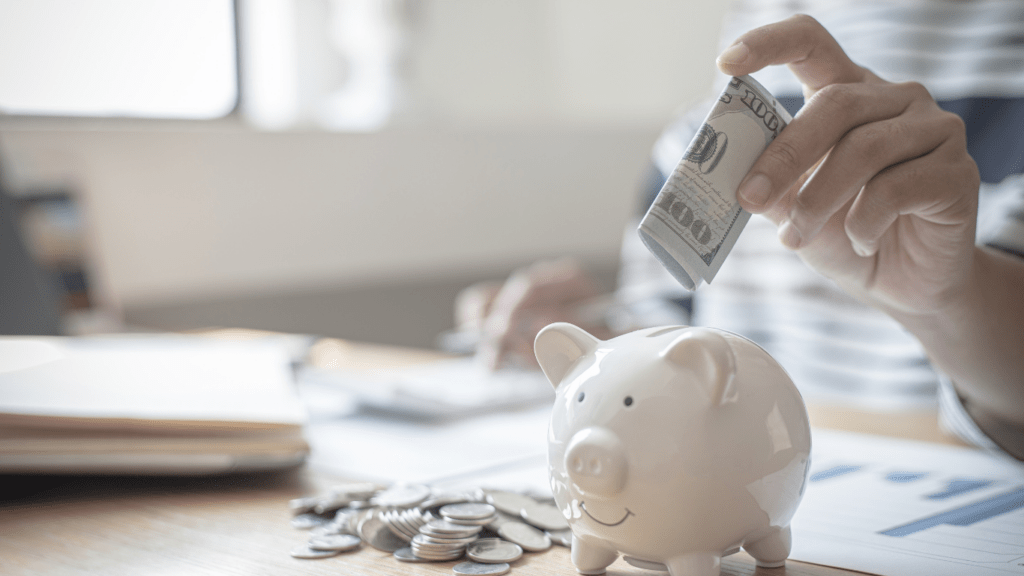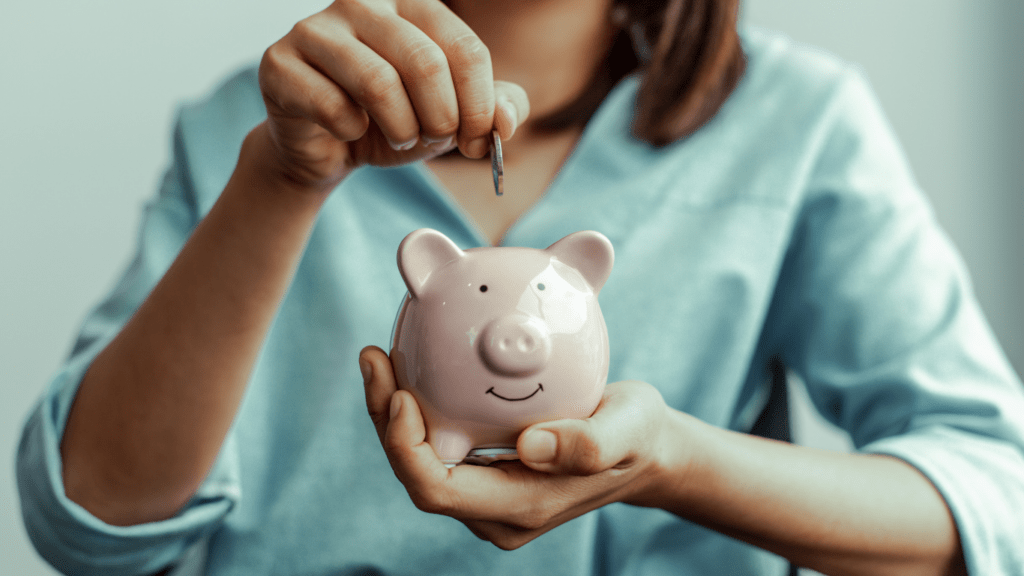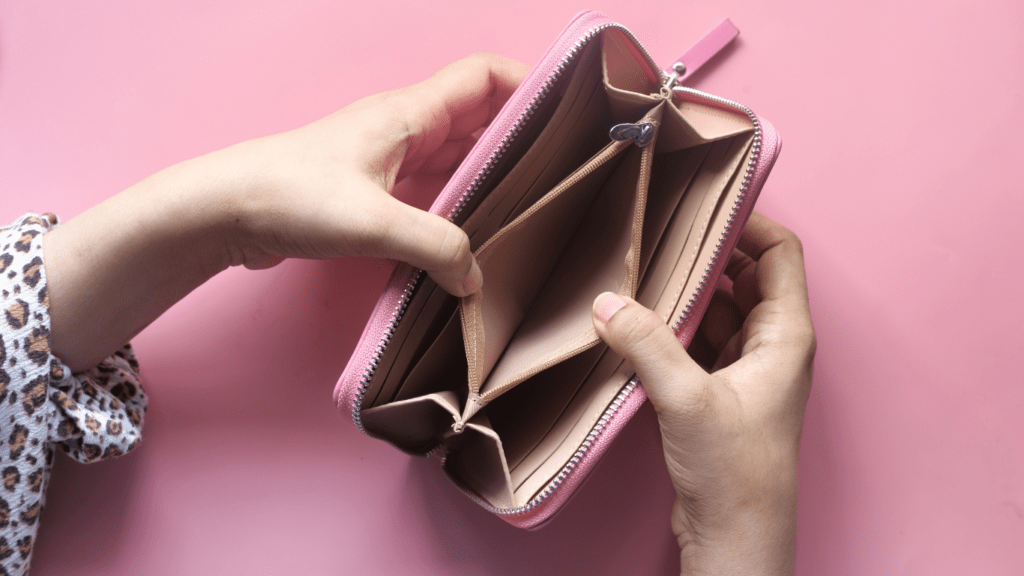Planning your next adventure can be thrilling, but it often comes with a hefty price tag. I’ve discovered that saving money doesn’t have to feel like a daunting task. With just a few simple adjustments to my daily routine, I can put aside cash for that dream trip without sacrificing the fun in my life.
Overview of Saving Money for Adventures
Saving money for adventures doesn’t require drastic lifestyle changes. By implementing simple daily practices, I can gradually build a travel fund without feeling deprived. Small adjustments in spending habits, dedicated to adventure savings, can lead to significant funds over time.
Tracking daily expenses helps identify unnecessary costs. Knowing where my money goes allows me to make informed decisions, cutting back on items like takeout meals or subscription services.
Each dollar saved in these areas adds up, making it easier to set aside money for my next trip.
Method 1: Create a Budget
Creating a budget establishes a clear financial framework for saving money daily. This method not only identifies spending patterns but also sets the stage for effective savings.
Track Your Expenses
Tracking expenses allows me to see exactly where my money goes each month. I review bank statements, receipts, and bills to categorize spending. By identifying discretionary costs, I pinpoint areas for reductions, such as dining out or entertainment.
Various mobile apps can assist in monitoring spending habits, making it easier to track daily expenditures. Consistent tracking reveals patterns and helps reinforce my commitment to my savings goals.
Set Spending Limits
Setting spending limits strengthens my budgeting process. I allocate specific amounts for categories like groceries, entertainment, and utilities. By adhering to these limits, I enhance accountability and prevent overspending.
For instance, I might set a $50 weekly budget for dining out. When I’m mindful of these limits, saving becomes more meaningful and achievable. Utilizing cash envelopes or budgeting tools can also encourage me to stick to these limits effectively.
Method 2: Cut Unnecessary Subscriptions
Many subscriptions can drain finances without providing value. Cutting these can free up cash for saving towards adventures.
Identify Unused Services
I often review my subscription services to pinpoint those that rarely get used. Streaming platforms, gym memberships, and subscription boxes often fall into this category. I check usage frequency and evaluate if they truly enhance my life.
If I’m not benefitting from a service, I mark it for cancellation. Using tools that aggregate subscriptions can help track and identify unused ones effectively.
Cancel or Downgrade
I take decisive action by canceling any services that no longer serve a purpose. For those I still use but find too pricey, I consider downgrading to a lower tier or a free plan. Many services offer flexible subscription models, allowing me to adjust based on my current needs.
By focusing on quality over quantity, I ensure that I’m spending wisely while still enjoying the entertainment and services I value.
Method 3: Use Cash Back Apps
Using cash back apps boosts daily savings and helps fund future adventures. These apps provide rewards for everyday purchases, making saving effortless.
Best Apps to Consider
- Rakuten: Offers cash back on purchases made through their online portal and app at various retailers.
- Ibotta: Provides cash back after purchasing items via grocery receipts and linking store loyalty accounts.
- Fetch Rewards: Rewards users for scanning grocery receipts from any store, with points redeemable for gift cards.
- Dosh: Automatically gives cash back at participating restaurants and stores after linking a credit or debit card.
- ShopKick: Allows users to earn points for walking into stores and scanning products, which can be converted to gift cards.
How to Maximize Savings
- Link Payment Methods: Connect credit or debit cards to cash back apps for automatic rewards on purchases.
- Check for Offers: Browse the app regularly for special cash back promotions before shopping.
- Combine Discounts: Use coupons alongside cash back offers to enhance savings on purchases.
- Shop Through the App: Begin shopping within the cash back app to ensure all purchases qualify for rewards.
- Redeem Frequently: Opt for redeeming your cash back regularly, rather than letting savings accumulate, to ensure quick access to funds for your adventure!
Method 4: Meal Prep at Home
Meal prepping at home stands as a powerful strategy for daily savings. This practice not only curbs spontaneous spending on meals but also promotes healthier eating habits.
Planning Your Meals
I begin by planning meals for the week ahead. This involves outlining breakfast, lunch, and dinner options, which streamlines grocery shopping. I focus on diverse recipes that incorporate similar ingredients, minimizing waste and maximizing efficiency.
By creating a shopping list based on my meal plan, I avoid impulse purchases and ensure that I buy only what’s necessary. Cooking in bulk allows preparation for multiple days, saving both time and money while reducing the temptation of eating out.
Cost-Effective Ingredients
I emphasize choosing cost-effective ingredients that stretch my budget. Staples like rice, beans, and seasonal vegetables provide nutritious bases for meals at a low cost. Opting for frozen fruits and vegetables can also reduce expenses while minimizing spoilage.
Buying in bulk often yields savings on pantry essentials, such as grains and spices. Using store brands instead of name brands further enhances savings without sacrificing quality. By focusing on these strategic ingredient choices, I significantly cut my food expenses while still enjoying satisfying meals.
Method 5: Find Free Entertainment
Finding free entertainment options makes saving for adventures enjoyable. I explore local events and nature, both of which offer fun without spending money.
Local Events and Activities
I regularly check community boards, social media, and local websites for free events. Many cities host free concerts, art shows, festivals, and workshops. Attending these activities not only provides entertainment but also supports local artists and businesses.
I can connect with my community while enjoying unique experiences. Libraries often host free movie nights and educational programs, adding to my list of no-cost options.
Explore Nature
I take advantage of the great outdoors by exploring parks, hiking trails, and beaches. Nature offers endless opportunities for adventure at no cost. I can hike scenic paths, enjoy picnics, or simply relax in a park.
Many trails also provide breathtaking views and wildlife encounters. During weekends, I often pack a small bag and head out to enjoy the fresh air and unwind, which boosts my mood and keeps costs low.
Method 6: Avoid Impulse Purchases
Avoiding impulse purchases significantly contributes to daily savings for your next adventure. Implementing effective techniques encourages conscious spending habits that lead to better financial decisions.
Techniques to Prevent Impulse Buying
- Implement a Waiting Period: Adopt a 24-hour rule for non-essential items. If I feel the urge to buy something on impulse, I wait a full day to decide. This extra time allows for reflection on whether the purchase aligns with my budget and goals.
- Limit Exposure to Advertising: Reduce consumption of ads by unsubscribing from marketing emails and unfollowing social media accounts that promote constant shopping. Exposure often leads to temptation, so minimizing it can protect my wallet.
- Use Cash for Purchases: Using cash instead of credit cards helps reinforce the feeling of expenditure. Noticing the physical exchange of cash often deters me from making unnecessary purchases.
- Reflect on Purchases: After each shopping experience, I consider whether my purchases were truly necessary. Reflecting on my spending habits highlights patterns that I can adjust.
Create a Shopping List
Creating a detailed shopping list before heading to a store helps maintain focus on essential items. I prioritize needs over wants, ensuring each item serves a purpose in my daily life.
- Plan Ahead: I outline my shopping list based on meal plans or necessary household goods. Planning prevents spontaneous decisions when I’m in-store.
- Stick to the List: I commit to purchasing only what’s on my list. Avoiding deviations keeps spending in check.
- Evaluate Each Item: Before finalizing any purchase, I assess whether the item is necessary or beneficial. This discipline ensures I’m only acquiring what enhances my day-to-day life.
Method 7: Use Public Transportation
Using public transportation saves money and simplifies travel logistics. Embracing this method can free up extra cash for your adventure fund.
Benefits of Public Transport
Public transportation offers numerous advantages that align with daily savings. First, it generally costs less than operating a personal vehicle. Monthly public transit passes can significantly reduce commuting expenses.
Second, public transit decreases fuel costs and maintenance fees, contributing to a tighter budget. Third, utilizing buses or trains reduces stress from traffic and parking challenges, enhancing overall travel experiences. Fourth, riding public transportation encourages walking, which improves physical health while also cutting vehicle-related expenses.
Cost Comparisons
Here’s a comparison of costs between public transportation and personal vehicle use based on average expenses:
| Expense Type | Public Transportation (Monthly Pass) | Personal Vehicle (Average Monthly Cost) |
|---|---|---|
| Public Transit Pass | $70 | N/A |
| Fuel (Gasoline) | N/A | $120 |
| Insurance | N/A | $100 |
| Maintenance | N/A | $60 |
| Parking | N/A | $150 |
| Total Monthly Cost | $70 | $530 |
This table illustrates that using public transportation can save about $460 monthly compared to car ownership. Prioritizing public transit not only reduces costs but also provides a sustainable way to allocate funds towards future travel adventures.
Method 8: Shop Smart
Shopping smart involves making conscious choices that maximize savings while minimizing costs. By being strategic about purchases, I can enhance my travel fund effortlessly.
Look for Sales and Discounts
Finding sales and discounts transforms my shopping experience, significantly cutting expenses. Regularly checking store websites, signing up for newsletters, and following brands on social media alert me to promotions.
Timing purchases around significant sales events like Black Friday, Cyber Monday, or seasonal clearances yields substantial savings. Ensuring I use coupons or cashback offers at checkout further boosts my savings. Websites or apps that aggregate deals, like Honey or Slickdeals, provide easy access to discounts across various retailers.
Buy in Bulk
Buying in bulk presents a straightforward method to save money, especially on non-perishable items. Purchasing products like grains, canned goods, and toiletries in larger quantities usually results in lower unit prices.
Warehouse clubs, such as Costco or Sam’s Club, often offer significant savings on bulk items. I can also calculate whether bulk pricing makes sense for my consumption habits to avoid wasting food or supplies. When I share bulk purchases with friends or family, I reduce costs further, making this method even more effective for enhancing my travel budget.
Method 9: Automate Your Savings
Automating savings streamlines the process of setting aside funds for adventures. It creates a consistent saving habit with minimal effort.
Set Up a Separate Savings Account
Setting up a separate savings account makes it easier to track progress toward my travel goals. High-yield savings accounts often offer better interest rates than traditional accounts, allowing savings to grow faster. Having a dedicated account prevents the temptation to dip into funds meant for travel. It helps me visualize my savings as a distinct pool, committed solely to adventure plans.
Automatic Transfers
Automatic transfers from my checking account to the savings account simplify the saving process. By scheduling transfers right after payday, I prioritize savings before spending, ensuring that funds for travel accumulate automatically.
I set these transfers for a specific amount, whether it’s $50 or $200, depending on my budget. Adjusting the transfer amount as my financial situation changes keeps my savings plan flexible while maintaining consistent progress.
Method 10: DIY Projects
DIY projects provide a practical way to save money while sparking creativity. Whether focusing on home improvements or crafting gifts, these endeavors enhance my living space and create memorable items without financial strain.
Home Improvements
Home improvements offer significant saving opportunities. I can tackle projects like painting rooms, refinishing furniture, or updating light fixtures to refresh my home’s look. For example, painting a room costs around $30 for supplies, while hiring a professional can exceed $300.
By choosing DIY methods, I gain satisfaction and save money on labor costs. Additionally, improvements can boost my home’s value, further supporting future savings.
Gifts and Crafts
Gifts and crafts can replace expensive store-bought items with personalized creations. I can make handmade gifts like custom photo frames, knitted scarves, or decorative art pieces. The materials for these projects often cost less than purchasing similar items, allowing me to express thoughtfulness without overspending.
For instance, crafting a set of candles might require only $20 for wax and molds, compared to $50 for equivalent store-bought candles. Handmade gifts carry sentimental value, making them more meaningful while aligning with my savings goals.




